Why visual arts are now key to the music festival vibe
Once upon a time, most music festivals were just a stage, some bands, and a few thousand people sitting in a field and getting merry. Today, though, all that's changed.
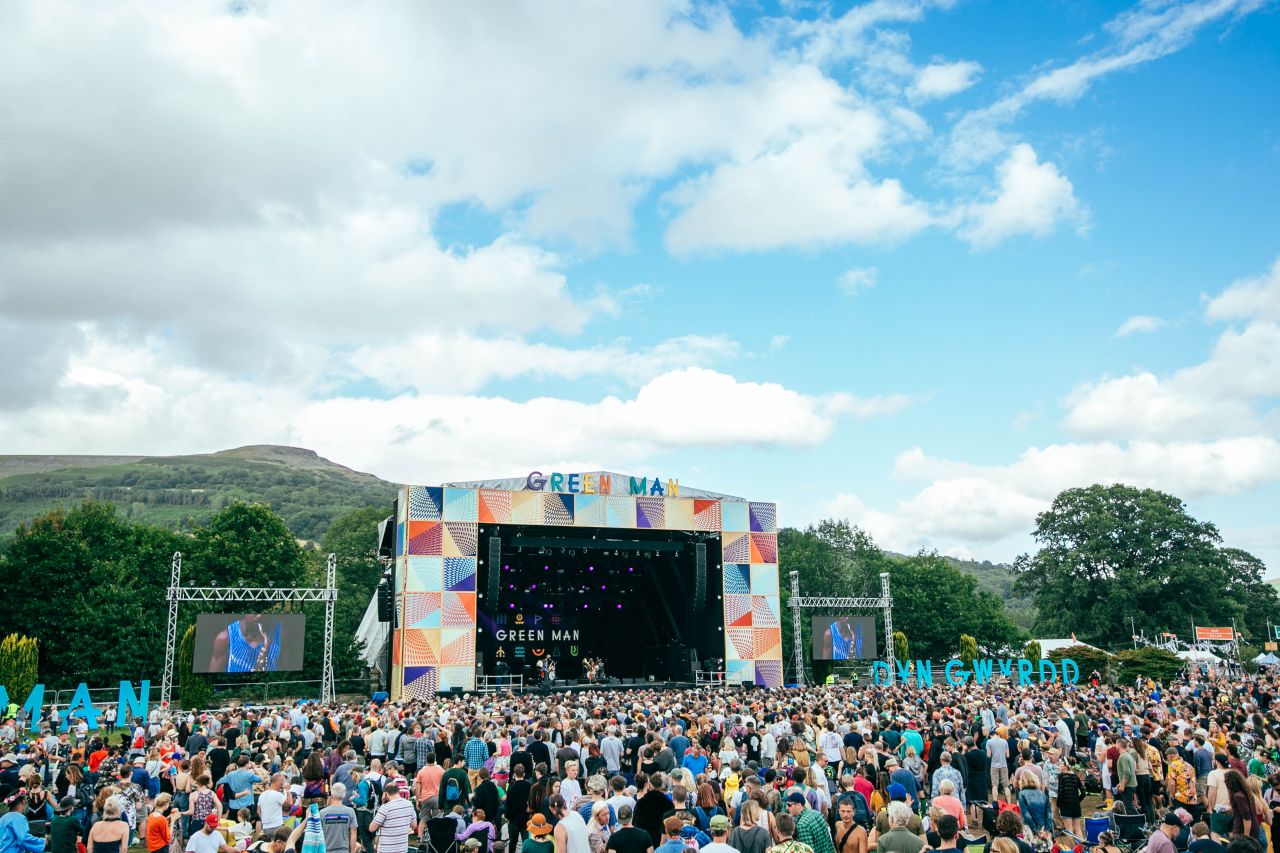
Green Man Festival © Nici Eberl
These days you're as likely to spend time enjoying mime artists, standup comedy or a yoga workshop at a festival beyond Glastonbury's Green Fields as you are grooving to a gig set. And visual artists – once sidelined to just designing the poster and festival programme or hosting small and humble exhibitions – are increasingly moving centre-stage too.
Nowadays, any festival worth its salt commissions at least one large scale piece of visual art, whether that be a dramatic installation, a bright and colourful mural, or an arresting sculpture made of industrial debris.
One thinks, for example, of Patrick Shearn's 36-foot-tall astronaut at Coachella, which projected festival goers' faces onto its helmet; or the The Fountain at Bonnaroo, which gets a creative new paint job every year.
And one festival that's going all out for art this year is Green Man 2021, an independent music and arts festival held annually in mid-August in the Brecon Beacons, Wales.
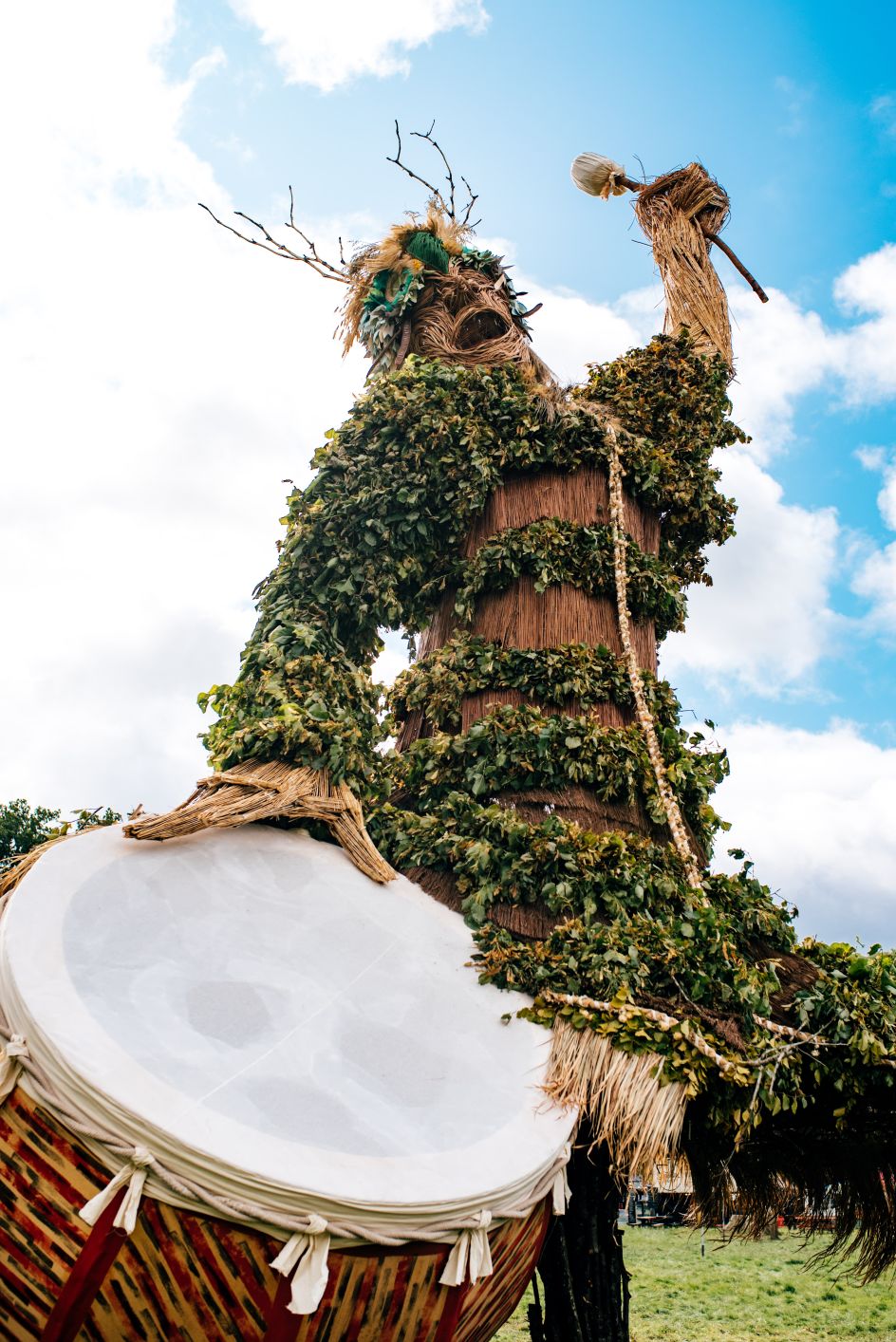
Green Man Festival © Eric Aydin-Barberini
On the cutting edge
Founded in 2003, Green Man has been at the cutting edge of festival culture throughout the century and remains one of the few British festivals not ruined by commercialism or overexposure. In short, it's still very cool.
Since 2016 Green Man has been commissioning visual artists to make new work in unusual spaces, supported by a developmental artist residency held during the festival. Green Man has worked with ten artists and collectives and presented two touring works at the festival, including works by Nathaniel Rackowe, Antonio Roberts, Megan Broadmeadow and Carlo Bernardini.
This year, Green Man is building on this legacy further by announcing four new temporary commissions by visual artists, working with moving image, video, augmented and virtual reality, and projection mapping.
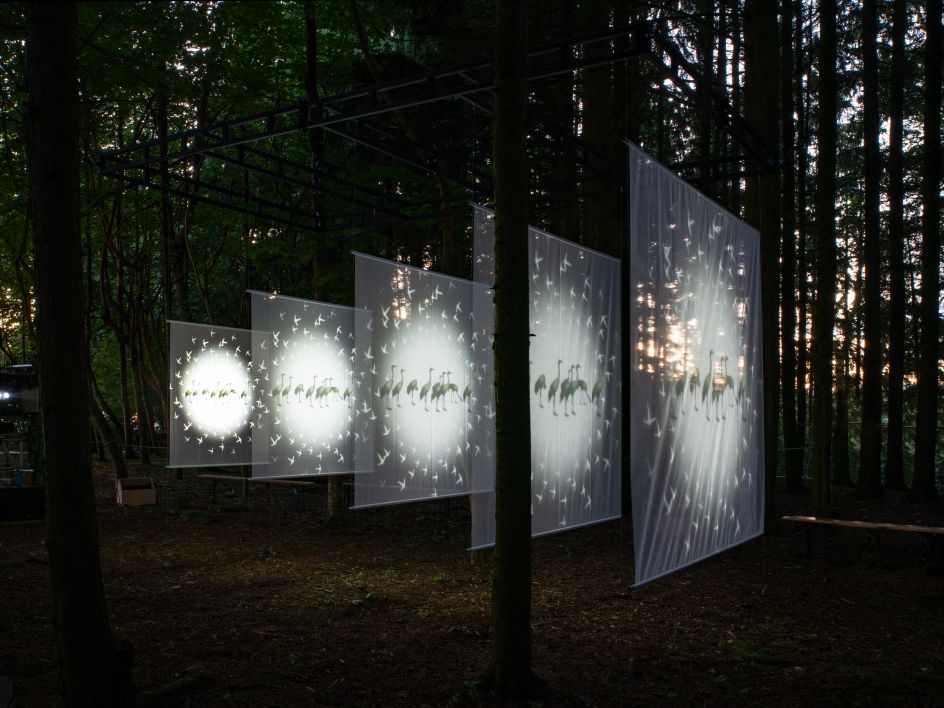
Art installation at Green Man, 2019
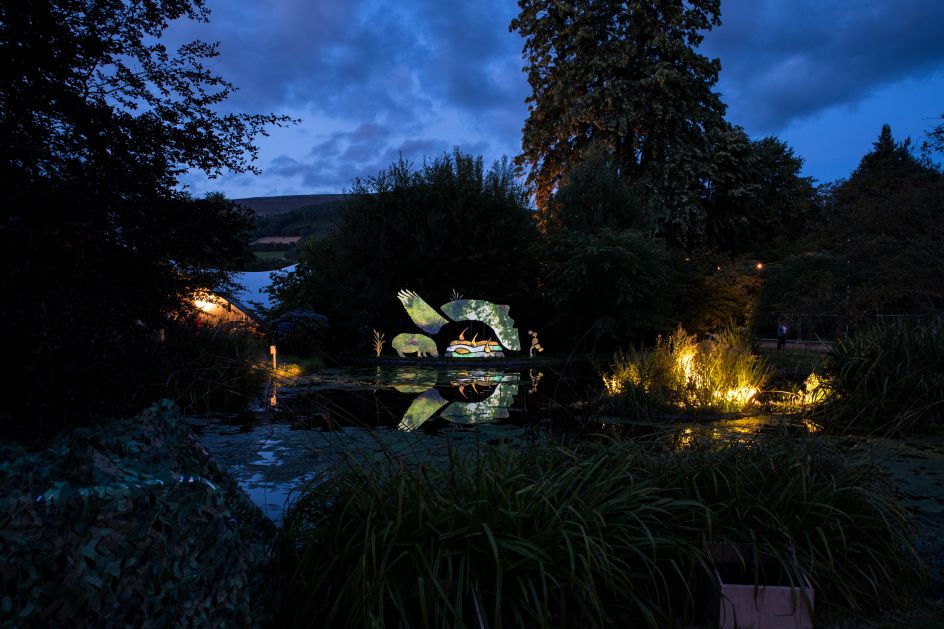
Art installation at Green Man, 2019
New art for 2021
Gweni Llwyd, Freya Dooley, Beth Kettel, and Kristina Pulejkova will each exhibit new and significantly reconfigured work over the four-day arts and music festival, which takes place from 19 to 22 August 2021.
And appropriately enough, in a year in which the world is refocusing on the problems of climate and sustainability, these four artists are all looking deeply at the natural world, its systems and structures.
Each work will seek to communicate through the festival environment, creating a new fictional reality within the larger temporary city of Green Man, a place for unexpected art encounters. Read on as we look at each of these boundary-pushing artworks in detail.
1. Silicone Retina
Cardiff artist Gweni Llwyd's commission Silicone Retina hangs suspended in Green Man's pine woods, flipping the subterranean into the tree canopy. The moving-image work explores the porous boundary between nature and technology, particularly in the landscape.
Following a narrative composed of mechanical vibrations, organic rhythms and biomimetic pulses, the piece acts as a portal to what may be dwelling above and below the surface: from sci-fi cells, worm-like network cables, and bionic creatures to electrical grids and drainage mazes. It draws similarities between supposedly passive or everyday biological and cyborgian systems, highlighting their wonderfully absurd complexities.
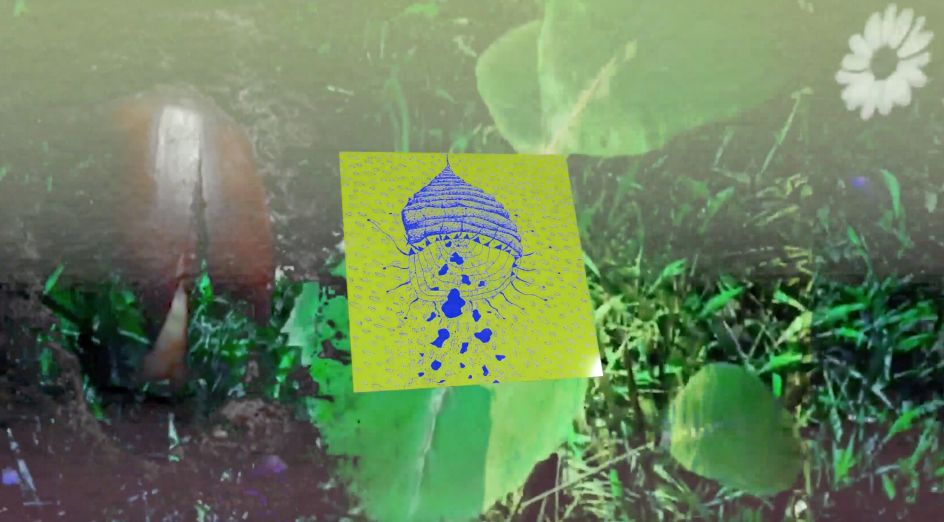
© Gweni Llwyd
2. The Eavesdropper
Freya Dooley's commission The Eavesdropper appears at nightfall on the far bank at Green Man's Fortune Falls Pond. The large scale moving-image work is a rhythmic visual collage exploring connections between sonic figures and environmental patterns.
Referencing forms of fragmented time and space in split-screen cinema and the 'infinite' imaginary terrains of 19th-century myriorama cards, a scenic extractive landscape is projected across a series of geometric panels, its edges intercepted by magnified images, pulses, and beats. The work also features a soundtrack that bleeds between the sounds of the festival that contains it.
The origins of this work by Freya, also a Cardiff artist, are loosely based on 'Un Re en Ascolto', a short story by Italo Calvino about a King's obsessive attempts to keep a grip of his power by listening in on invisible threats. Under restless aural surveillance, the architecture of his surroundings absorbs and transforms – becoming an ear, a shell, a clock – and the rhythms of regulated structures are disrupted as time wears on.
Digressing outwards from this central premise, Freya's commission for Green Man imagines loose lips and vibrant bodies within a fabricated landscape which slips out of control.
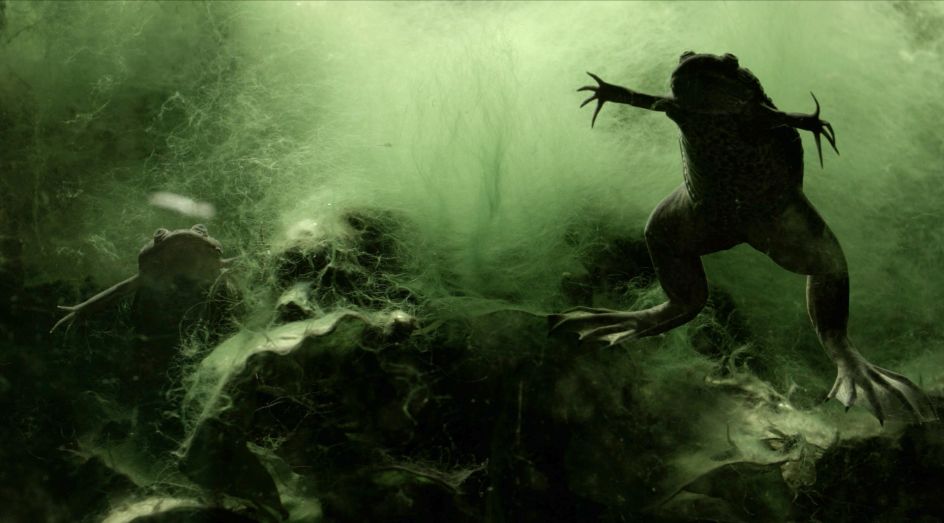
© Freya Dooley
3. A Mutual Influence
Nottingham artist Beth Kettel's commission A Mutual Influence, a co-commission with Forma, occupies a clearing by the woods at Green Man, comprising a new audio piece and augmented reality (AR) sandbox installation.
An AR Sandbox is an intuitive and interactive geographical tool that visualises spatial patterns of environmental data related to topography and mapping. The work weaves personal, psychological and philosophical reflections on a series of relationships: organism and environment, foreground and background, time and space and the demise of a romantic relationship.
Through a quest for finding hush with the constant shifting in emotional, metaphysical and physical experience of being alive, Beth continues her research into ecology, consciousness and mental health of humans, plants and animals, along with interspecies relationships and communication strategies.
Stigmergy is a communication method of indirect collaboration, through the environment, between organisms and their actions. The principle is that the trace left in the environment by an individual action stimulates the performance of a succeeding action by the same or different agent.
Kettel explores this idea through the continual reshaping of narrative and terrain, affected by the words and actions mapped around them.
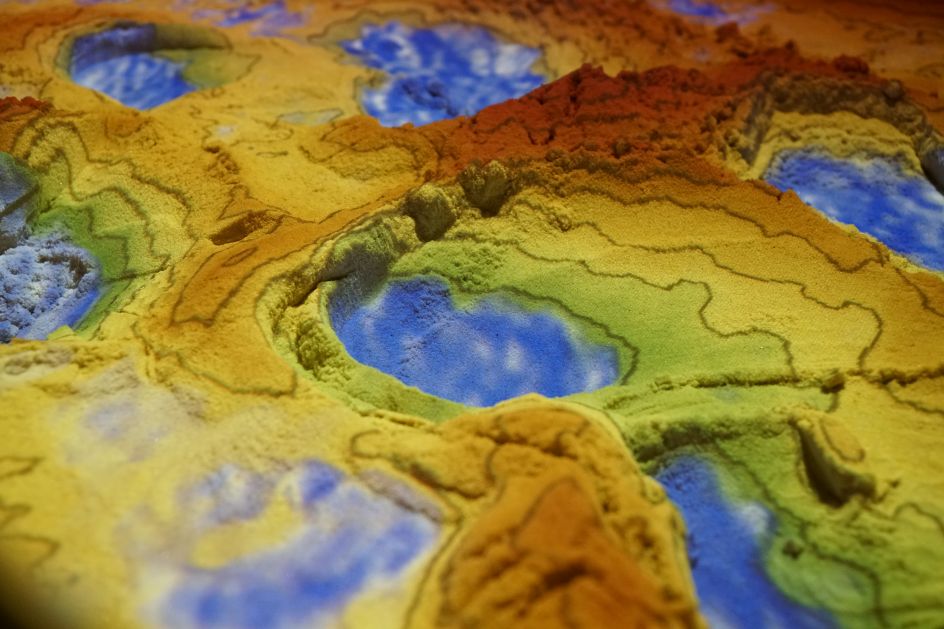
© Beth Kettel
4. Where We All Meet
Macedonian artist Kristina Pulejkova, who currently lives in London, presents a piece that reconfigures and extends her existing work, Where We All Meet, 2020, for the big screens that flank Green Man's mainstage at Mountain's Foot.
Audiences will also be able to access the digital 360 Virtual Reality film A Calling Deeply, 2019 via a special QR code. This two-part installation is presented in the UK for the first time at Green Man in Wales and follows a large-scale staging of the work on Ohrid Lake, where it was filmed, in North Macedonia in July 2021. The work tells the story of the mysterious life cycle and migration of the European eel, a critically endangered species.
All European eels are born in the same place, the depths of the Sargasso sea, part of the Atlantic ocean. Carried by the Gulf Stream, they travel for almost two years in order to get to our rivers and lakes, where they spend most of their lives until they reach maturity. Ready to take their way back, the eels embark on a 'wedding journey' to the Sargasso Sea, where they reproduce.
However, the eel population is in rapid decline due to dams, polluted waters and climate change. This is a story about two eels, Bisera and Alice, from the Ohrid lake, North Macedonia and The Thames in the UK, respectively.
They magically manage to start a telepathic conversation, sharing their life experiences, adventures and fantasies about the journey back. Finally, the VR piece imagines the eels' act of love in the Sargasso Sea, an act so elusive that it remains a mystery to this day.
Kristina explains: "I wanted to bring this story closer to the wider public, as it has been a point of obsession for me since I discovered that the eels living in the Ohrid lake can't migrate back to the Sargasso Sea, due to the building of six hydroelectric power plants, blocking their migrational route back to the sea since the '60s. My hope is that telling the story of the eels might spark conversations about the human impact on biodiversity, due to humanity's ever-increasing need for electricity."
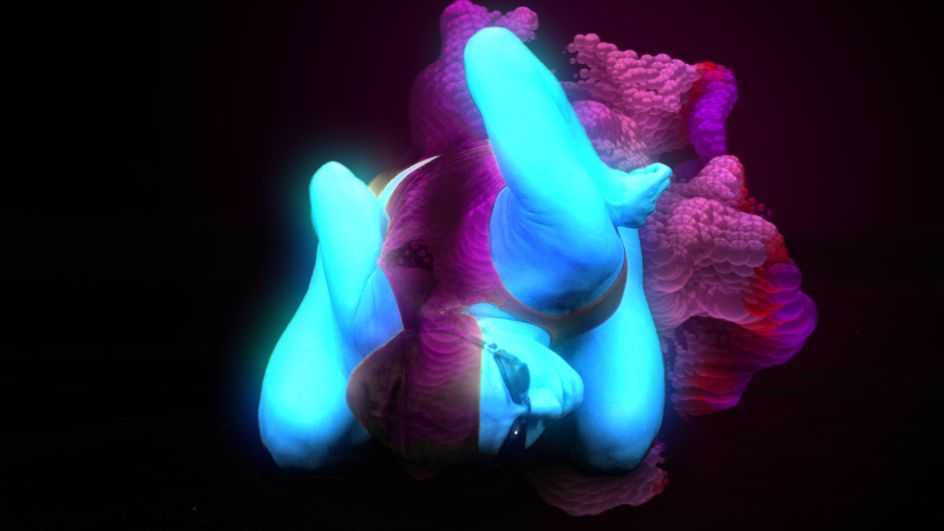
© Kristina Pulejkova
Talks and midnight art walk
Want to learn more about these artworks and their creators at this year's Green Man festival? Visual arts producer Lexi Zelda Stevens will introduce the four 2021 artists and Green Man's growing community of artists in a series of public talks and a midnight art walk presented in collaboration with Einstein's Garden, Green Man's science engagement area.
For more information about the festival, visit the Green Man festival website.

















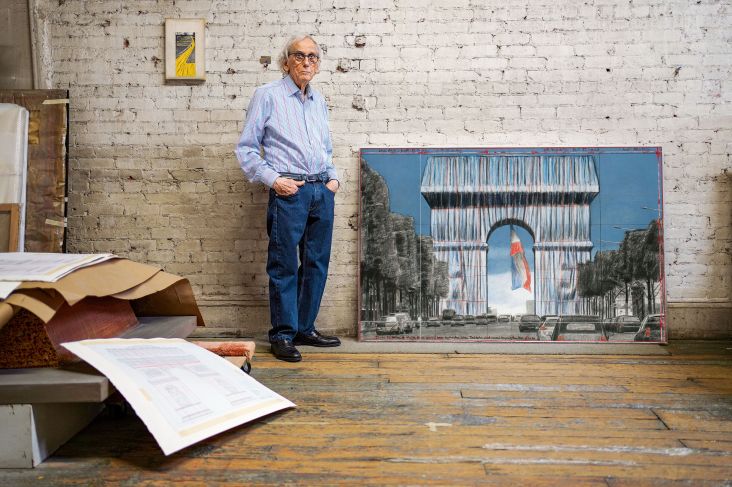
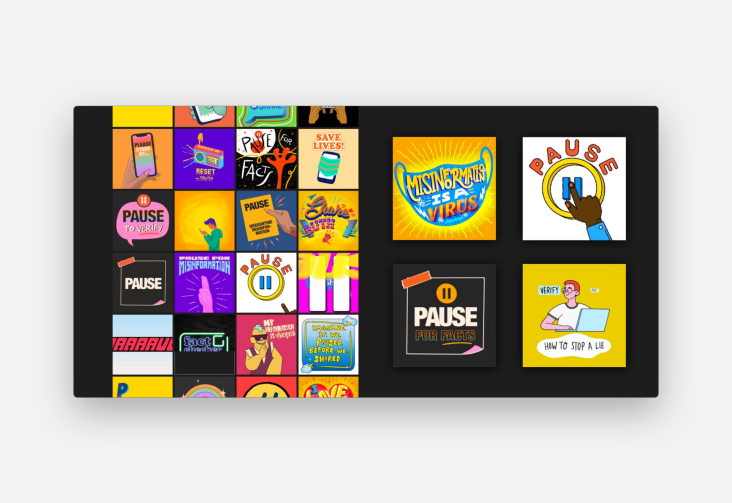
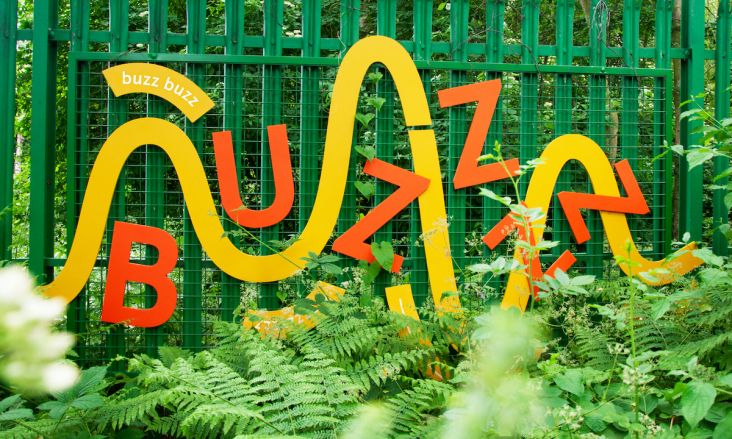

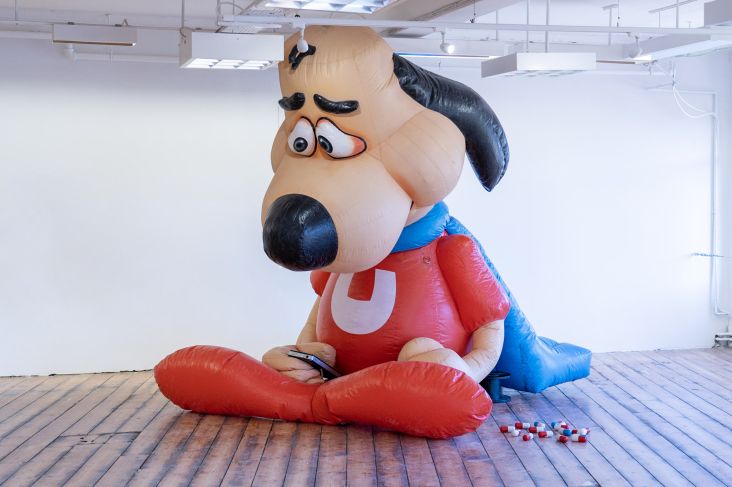
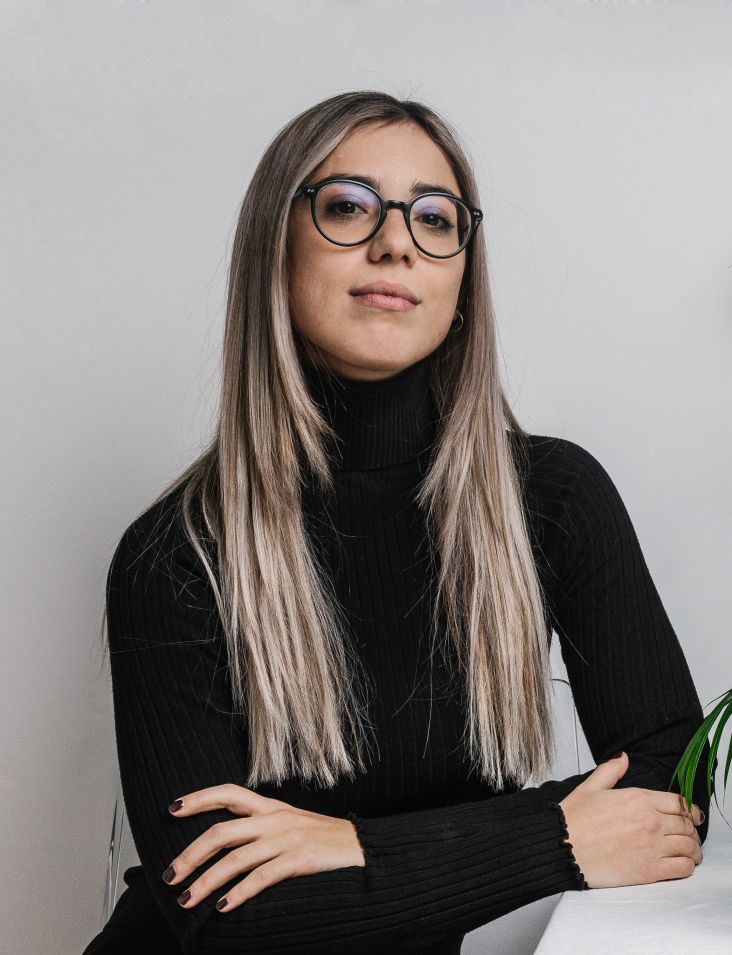
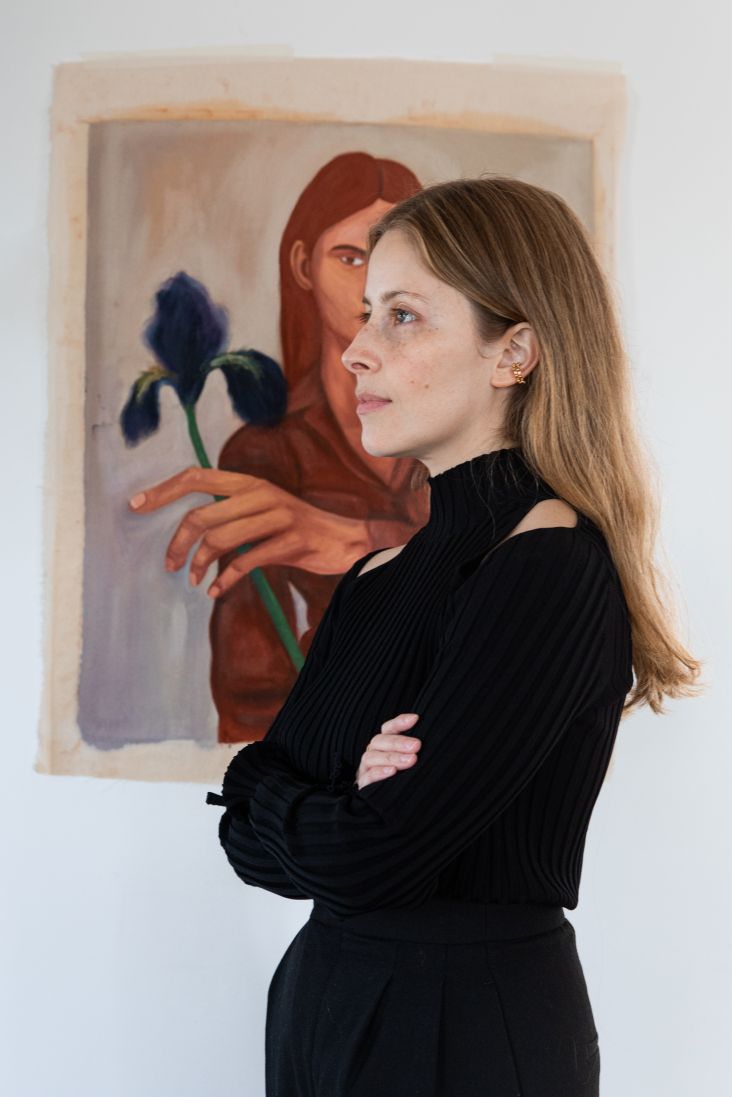
](https://www.creativeboom.com/upload/articles/60/60587a5eb0ab8e21f7f88c945a5d56fd2b2fe471_732.jpg)
